
Peru is a country that can be visited throughout the year, but it is important to know what is the best time to travel to the Amazon Rainforest, since depending on the weather we can do some activities or others. To help you choose the best time to visit the Amazon Rainforest with info about weather, seasons, and rainforest travel.
It’s worth mentioning that the best time to visit the Amazon Rainforest will depend on your personal preference. You may choose the drier months or you might prefer the wetter months when the forest is fruiting and flowering. Because you can have a fantastic experience no matter when you travel, the main consideration for visiting the Amazon Rainforest is the lodge or cruise you pick, as your experience depends mainly on the quality of guides and service.
You can really visit the Amazon any time of year. The expansive Amazon rainforest extends across more than six countries, from Bolivia & Peru through Ecuador and Colombia to Venezuela, and Brazil. But despite its immense size, the weather patterns of this tropical rainforest do not change much from season to season, characterized by daily rain, humidity, and heat. It is said that the two similarly hot & humid seasons of the Amazon are “rainy” and “rainier.”
The Peruvian jungle ranges from the low and warm Amazon rainforest to the Andean mountain jungle or yunga. The first is a lowland tropical rain forest, while the second is a moderately temperate high mountain cloud forest.
These amazon rainforest extend over 77 million hectares on the eastern slope of the Andes mountain range, which is the wettest. The western Andean Peruvian slope is very dry and there are particularly seasonal dry forests and relicts of Pacific forest.
The Peruvian jungle has a high biological diversity, with abundant species of plants and animals. It has a complex structure of several layers with abundant epiphytism and climbing, and the upper layer reaches up to 50-60 m. In these jungles inhabit the jaguar, numerous species of primates, various species of birds and reptiles.
The diversity of landscapes, natural regions, biomes, life zones, ecoregions, ecological floors and ecosystems define Peru as one of the countries megadiverse in the world. The great variety of ecosystems, as units of different scale, are distributed as a huge mosaic throughout the territory national in the three natural regions.
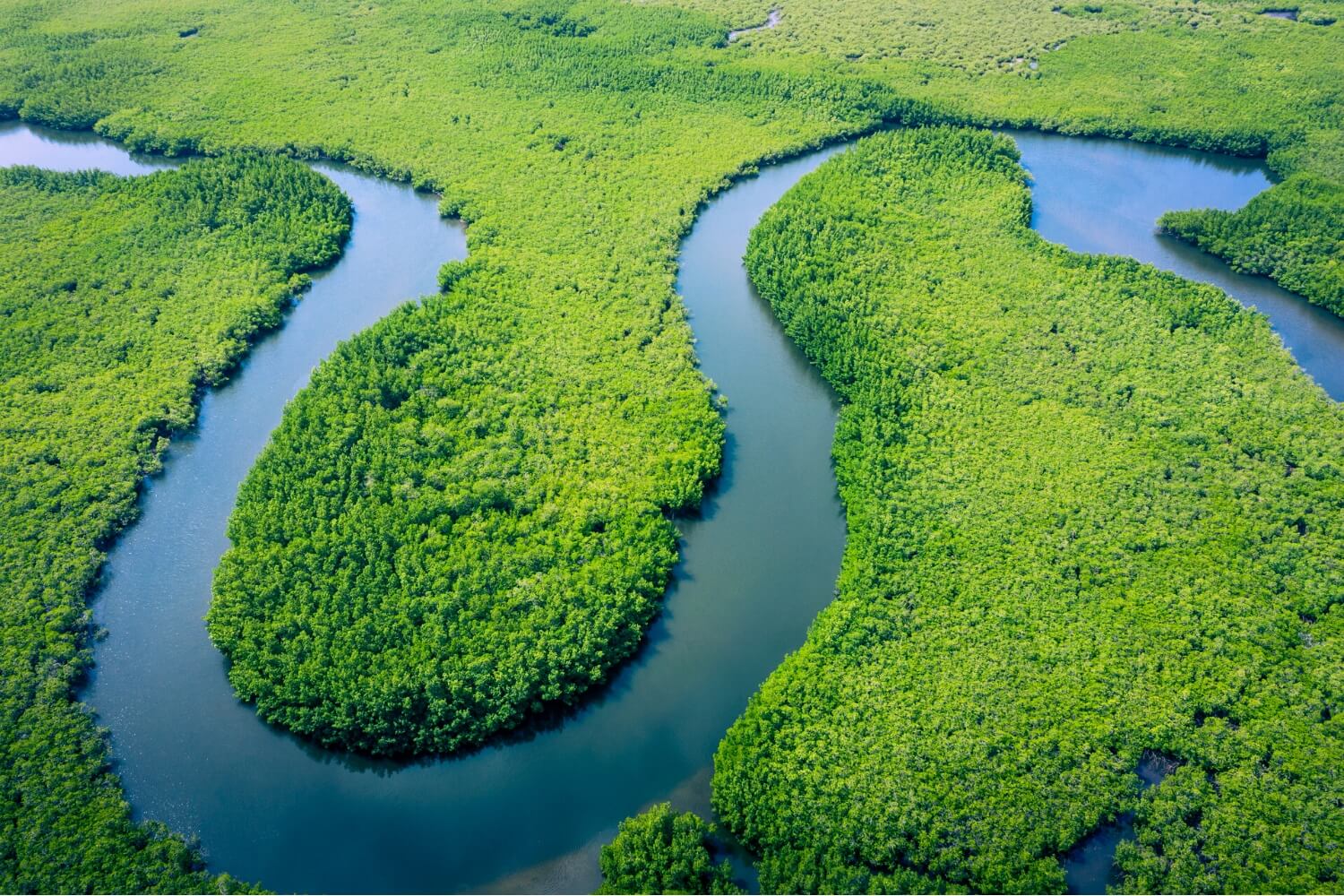
It is located in the great Amazonian peneplain or sub-Andean plain (at the foot of the Andes), it presents one of the richest formations of life on earth, with a high biodiversity of plants of up to 300 species of trees/ha. They are located in two types of landscapes, a floodplain that runs adjacent to the rivers and is flooded several meters above during the flood period; and the other formed by non-floodable mainland, including low hills. The climate is characterized by its reduced seasonal oscillations during the year (> 25°C), except in the southern zone during the dry period (June-July) in which periods known as “coldness” can be appreciated. Rainfall varies between 1,300 and 3,000 mm/year in the northern zone, with dry seasons in the southern zone.
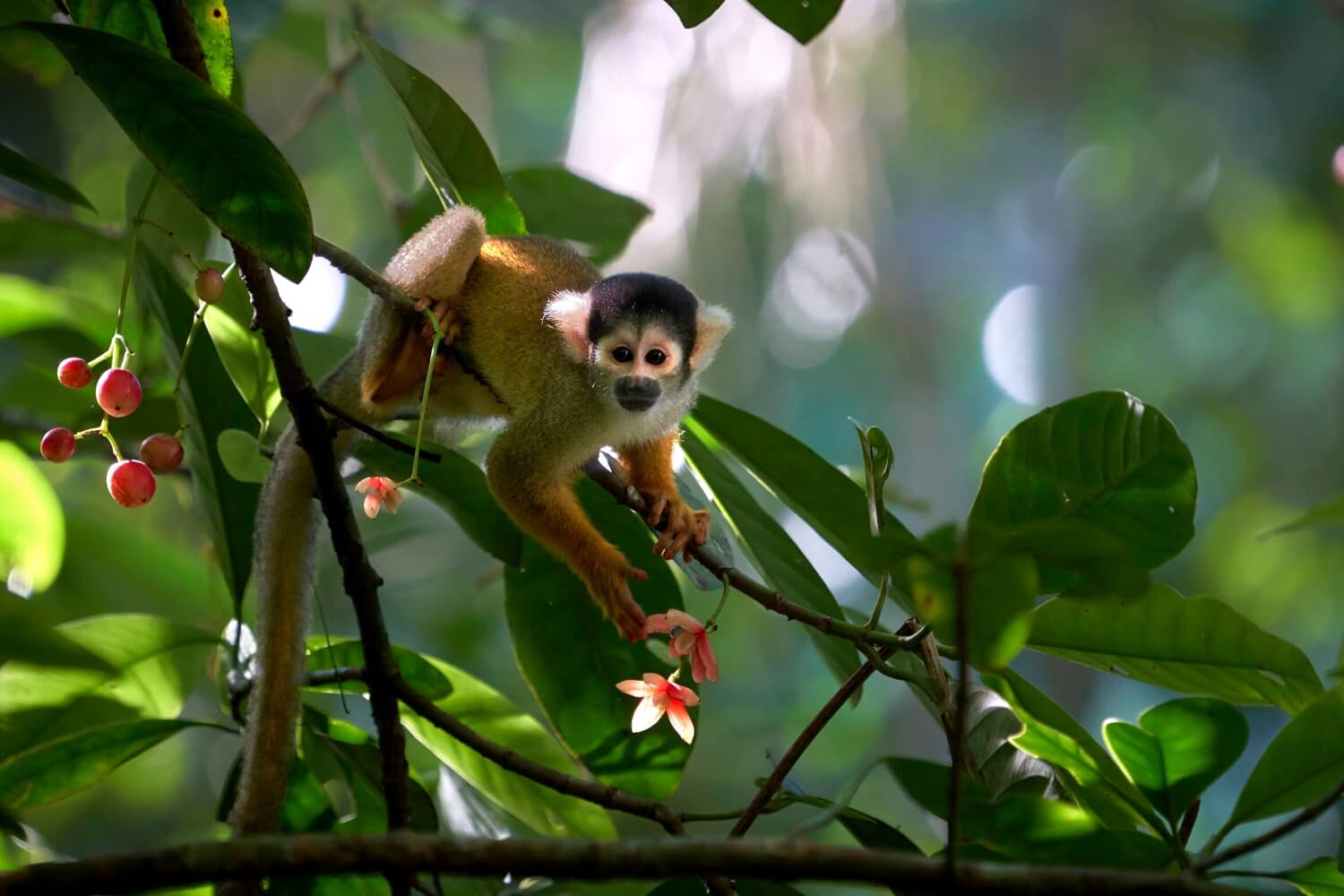
It is located on the eastern flank of the Peruvian Andes, from 600 m s. no. m. up to approximately 3600 m s. no. m., in the southern and central limit with the puna and northern limit with the jalca and the páramo, between 3000 and 3200 m a.s.l. no. m. The physiographic landscape is dominated by the mountain system from low to high, with steep slopes. The climate is characterized by high humidity, with areas of permanent fog. The forests are dense and their physiognomy and flora vary when ascending or descending the altitudinal floors. The notable presence of epiphytes (bromeliads, orchids), ferns and some palm trees is characteristic.
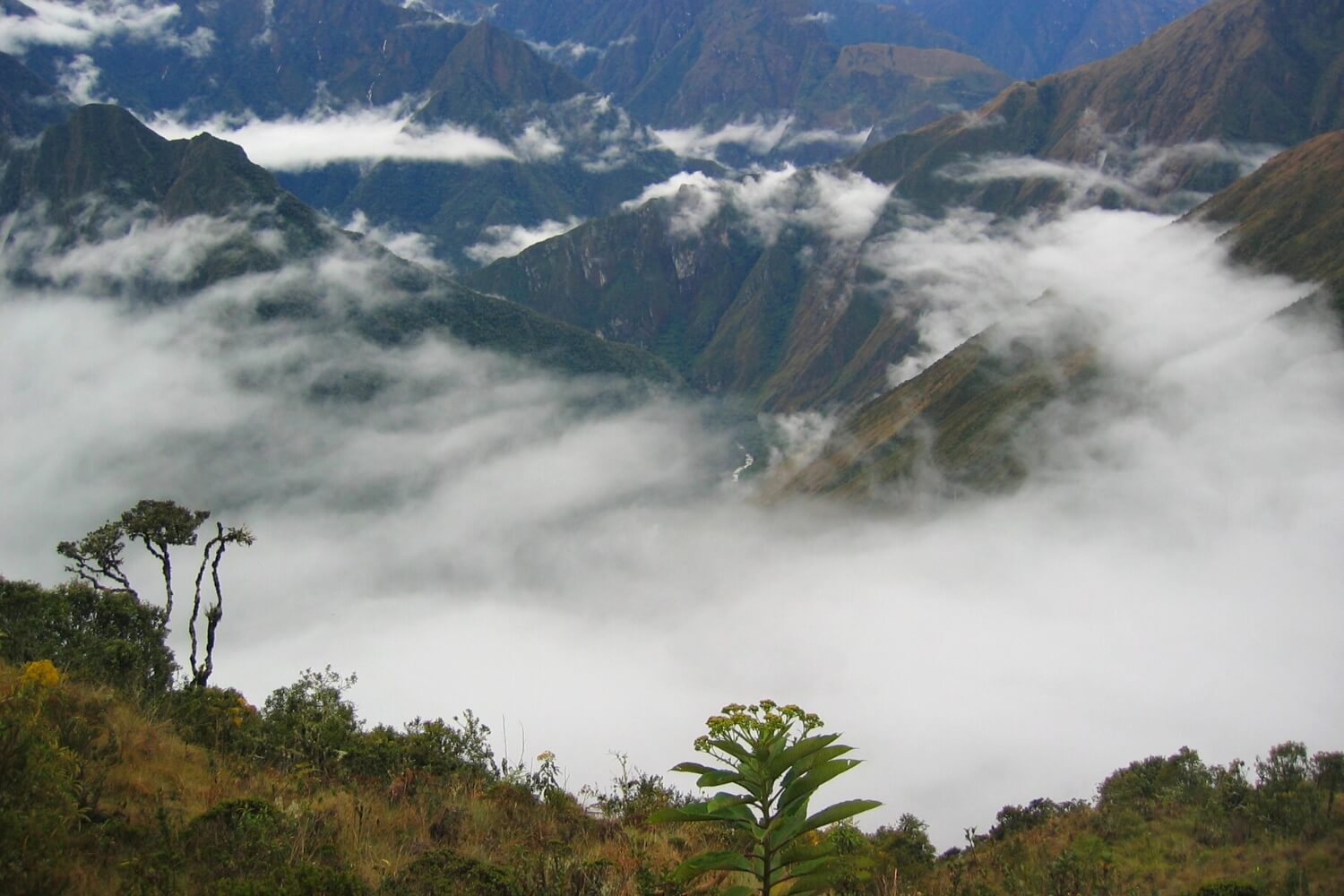
The most common question we get asked is whether the rainy season in the Amazon rainforest is a very good idea. If you really hate rain, then perhaps it is better to visit in the drier months, but since you will get rain at any time of year, then the rainy season is a good a time as any to visit the Peruvian Amazon Rainforest. You can expect an average rainfall of 200mm per month even in the dry season.
Actually, visiting the Amazon rainforest in the rainy season does have its advantages. During the rainy season, the flora receives the level of rain it needs to flower. This means that a greater number of birds and animals may be attracted which means that in turn you may stand a better chance of seeing more wildlife of certain types, and particularly primates and birdlife if you visit Peru’s Amazon in the rainy season. Any plants and animals that are especially dependent on the moisture are going to be more prevalent in the wet season months.
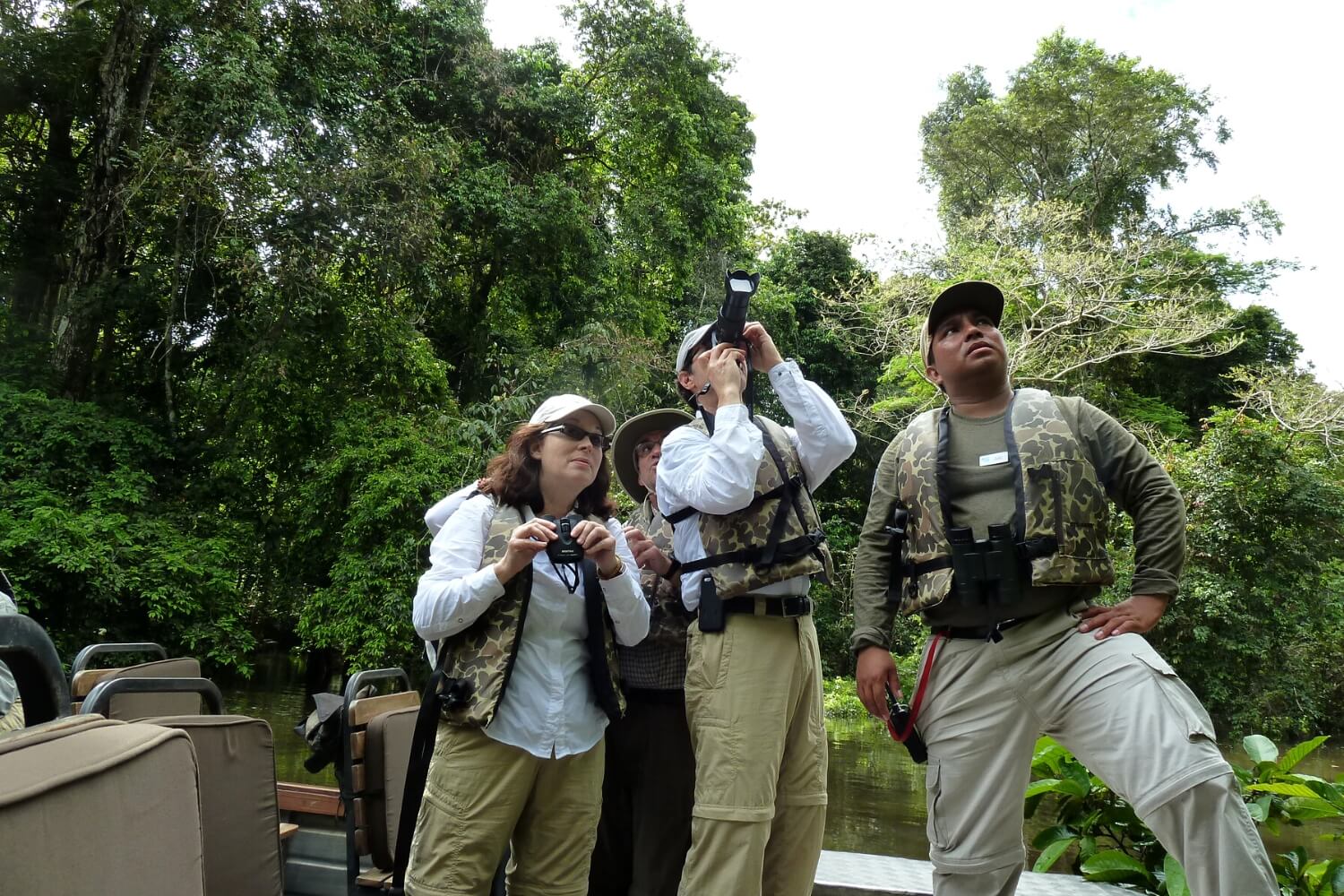
The extensive Peruvian jungle, crossed by the mighty Amazon River, can be divided into two very different zones: the high jungle or mountain range (over 700 meters above sea level), which has a subtropical and temperate climate, with abundant rainfall (around 3,000 mm a year) between November and March and sunny days between April and October; and the low jungle (below 700 masl) whose summer occurs between the months of April and October and is an ideal time for tourism, with sunny days and high temperatures, often above 35°C.
Two key points to remember while choosing which season to visit the Amazon jungle in Cusco: there will always be some rain no matter which season you choose, and you will always be able to observe spectacular flora and fauna, whether in the wet or dry season.
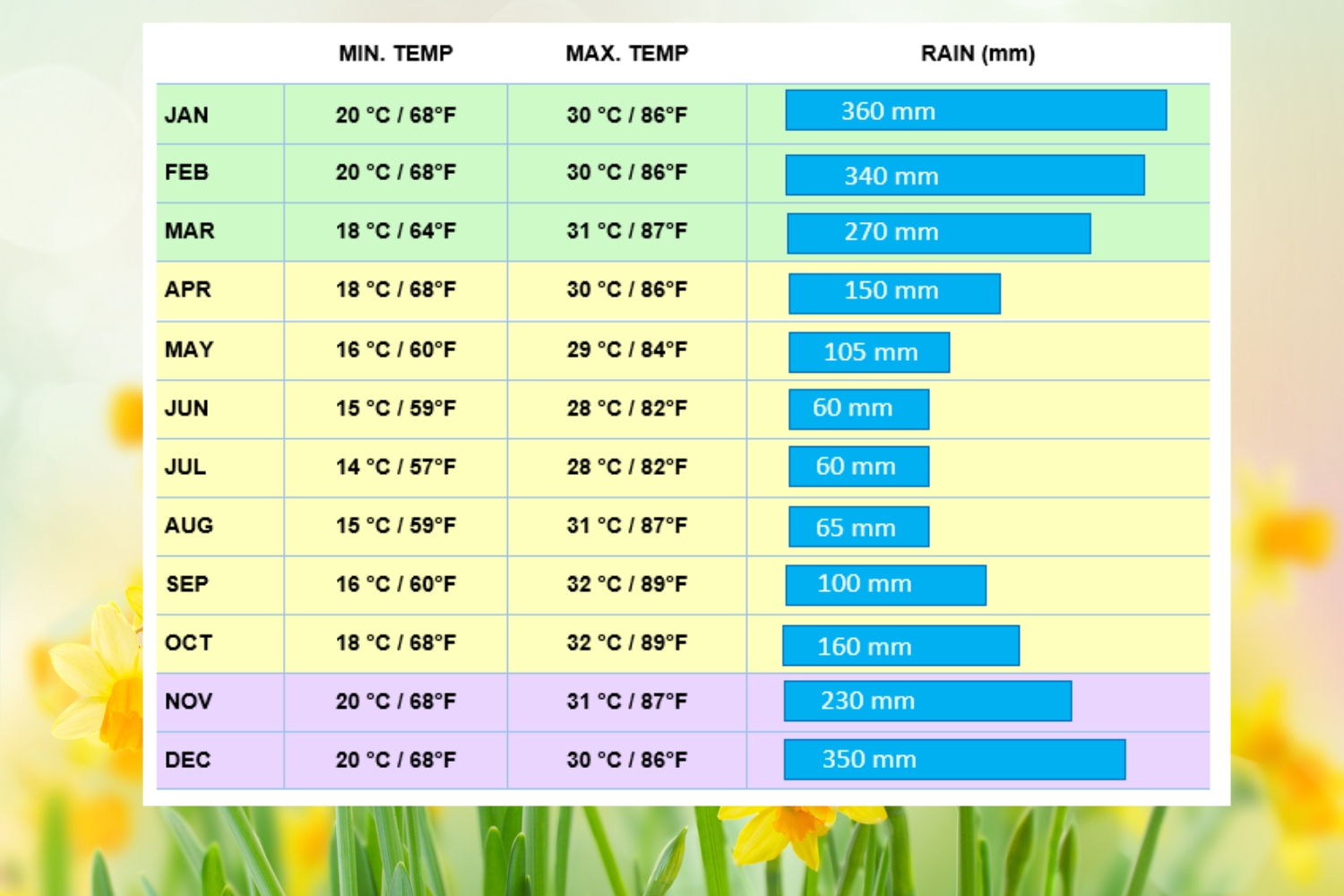
The rainy season in Peru occurs between December and March, summer and autumn in the Southern Hemisphere. This is a relatively hot and humid season during which the Amazon receives a little more than half of its total precipitation (60%). During this season the average temperature is 30º C, only six degrees less than in the low season.
There are great benefits to traveling to Peru during this season. Perhaps the most important is that the level of the Amazon watercourses rises up to seven meters, which means that all the rivers, streams and lagoons are navigable. Therefore, you will be able to explore the vast majority of rivers during your boat excursions and you will have access to areas with a greater amount of flora and fauna than if you did it during the low water season. The flooded forest places travelers much closer to the treetops, where monkeys spend the day frolicking and the most beautiful birds prefer to rest. In fact, it is possible to see a greater number of mammals, such as monkeys and others, during the growing season.
On the other hand, a better ability to navigate limits the areas for walking, and even so, if we find the trails or hiking trails, we will find a greater number of mosquitoes than during the low water season.
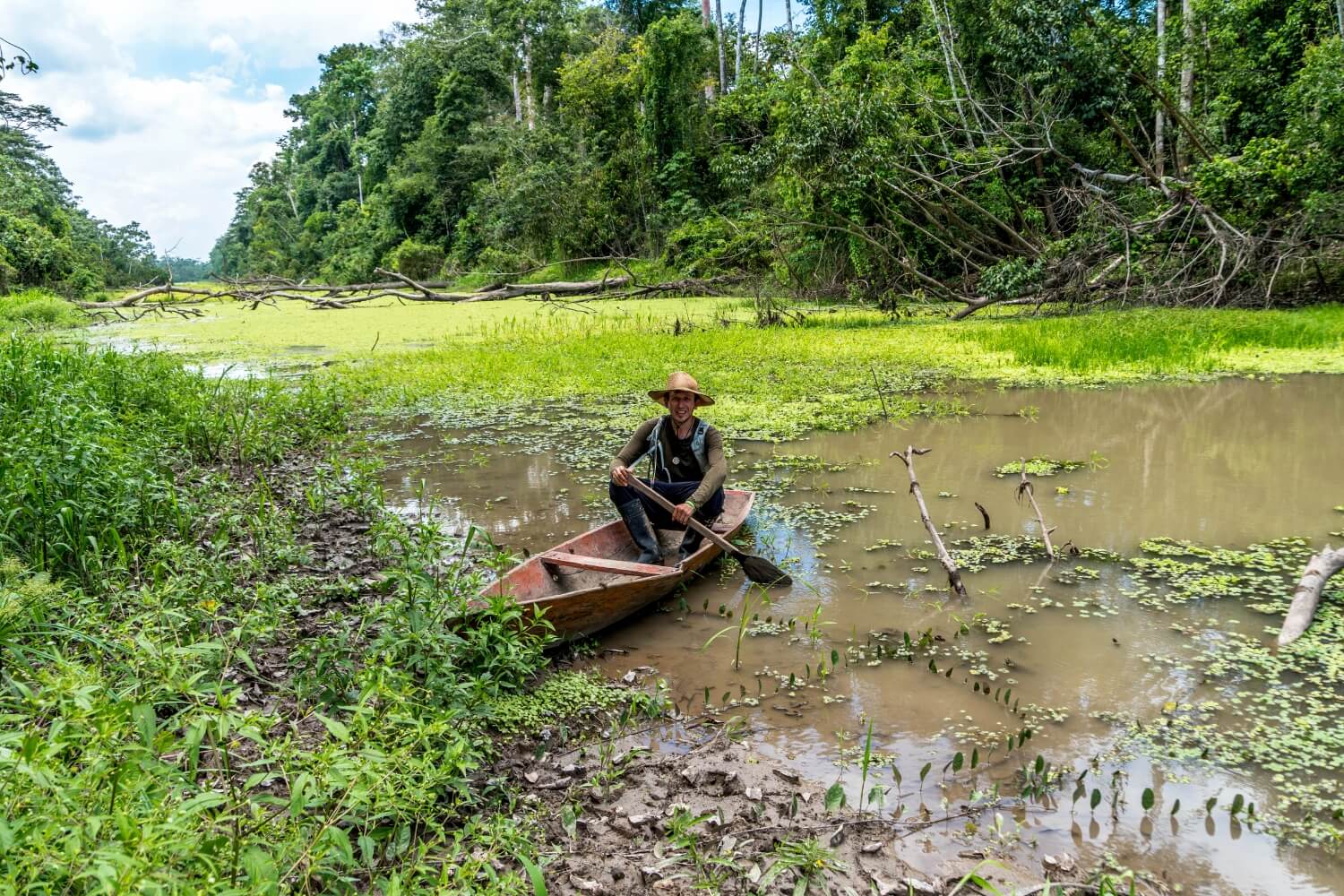
Once you’ve decided on visiting the Peruvian Amazon rainforest in the rainy season it is useful to know what to bring and wear. The obvious first place to start is to bring a rain coat! However, it is helpful to bring other clothes that stand a chance of drying quicker (bearing in mind that this is a very humid environment, and nothing dries that well).
Typical hiking gear is often made out of material that is fast drying and could be your best bet. In general, light, loose fitting clothing is best. Ideally, your clothing will cover your arms and legs, because this will help to protect you from those annoying mosquitos. On that note, do not forget to bring insect repellant, and as mentioned, the Amazon region is warm at all times of year, so sunscreen is important.
You may want to bring hiking boots, but most lodges, and certainly the upper end luxury lodges ones will also have rubber boots that you can borrow for the duration of your stay. They are well stocked with a wide range of different sizes. Rubber boots are the way to go in the Peruvian rainforest, whether it is rainy or dry season, because either way the ground is usually pretty wet.
The dry season in the Amazon coincides with winter in the Southern Hemisphere (April to November). This is the warmest season in the Amazon, with temperatures averaging 36ºC. Despite its name, the dry season still features occasional showers and showers.
A key point when visiting Peru in the dry season is that the trails and trails that remain flooded from December to March are accessible and allow groups of travelers to explore the depths of the jungle on foot (in the company of fewer mosquitoes than during the dry season). of rains). The flip side of this season is that water levels in the Amazon River and its tributaries are much lower between June and November. But a smaller volume of water can give us some extra points: during these months fishing is 100% insured and you may even have the opportunity to catch piranhas. And while you’re well below roosting birds near the canopy, you’ll have the chance to spot dozens of species of migratory birds in flight—something you won’t see during the rainy season.
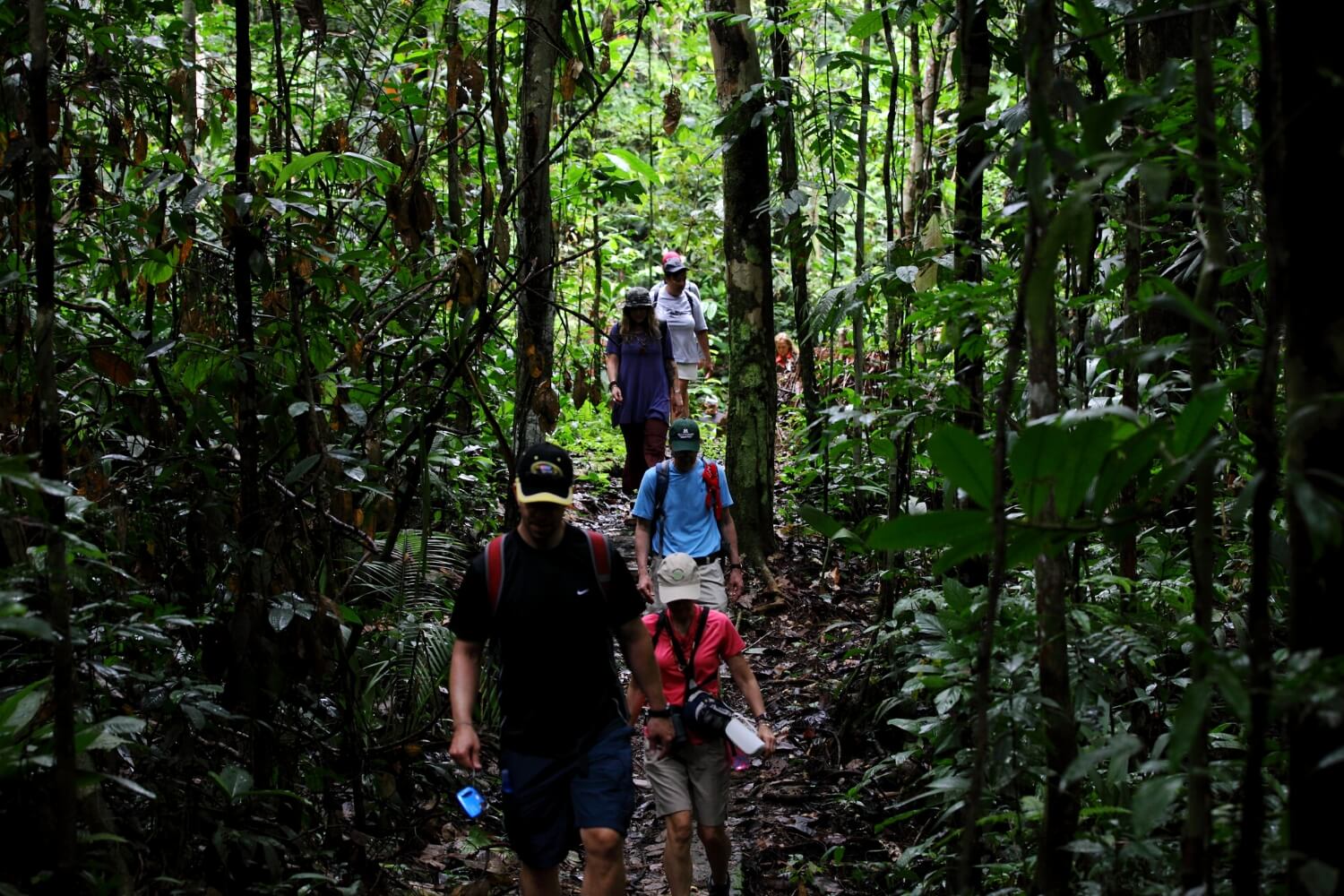
Why choose here? Manu National Park is a treasure in and of itself. Located between Puerto Maldonado and Machu Picchu, this is a wonderful spot for wildlife viewing, bird watching and river exploring on Manu River. Elevations in the park range from 500 to 14,000 ft (150-4,200 m) so you can see different biospheres from the forest floors to the mountain peaks. It’s a very unique place with a rich cultural heritage, where the Andes and the Amazon meet.
Manu’s extreme topography creates multiple microclimates. Lower elevation areas are hotter with average temperatures ranging from 35 C° during the day to 25 C° at night. In Manu’s higher elevation areas, temperatures are generally cooler. Expect warm temperatures during the day and cool nights.
Temperatures can drop after heavy rains, reaching as low as 10 C° (50 F°). Another weather phenomenon, called “friaje,” occurs when polar winds from Patagonia sweep up the mountains and into the rainforest. Temperatures can be as low as 8 C° (46 F°).
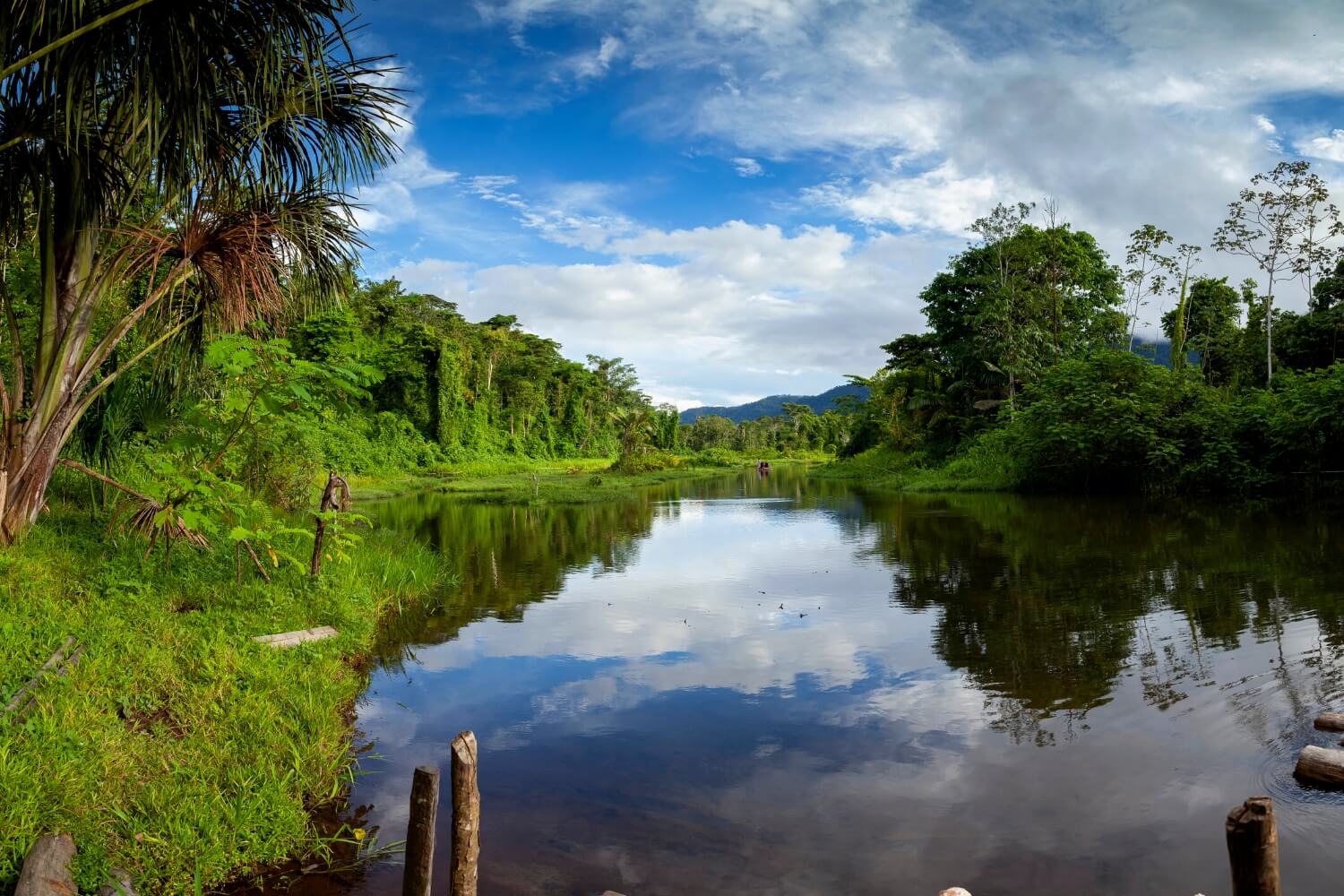
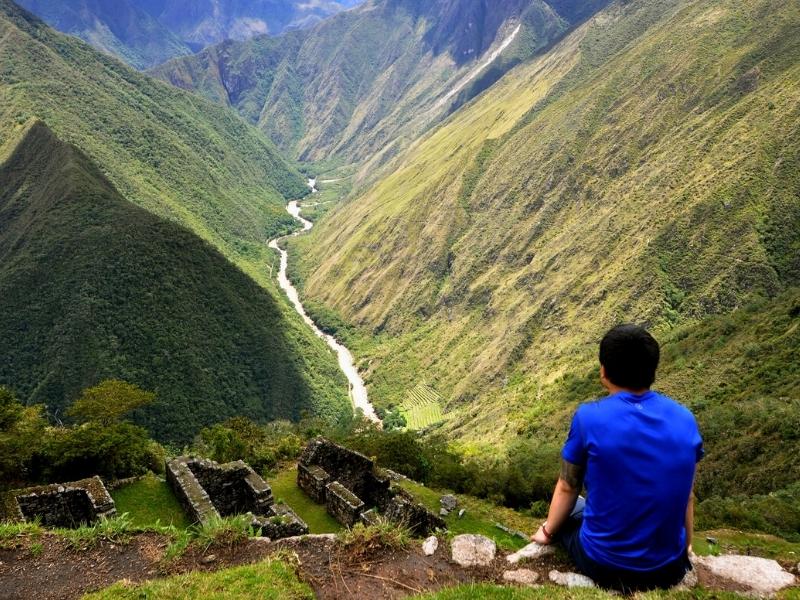
Explore the Manu Amazon Rainforest & Inca Trail hike to Machu Picchu, you will enjoy the best adventures in Peru, exploring amazing inca trail routes and the best amazon wildlife with our local tour guides, in small groups.
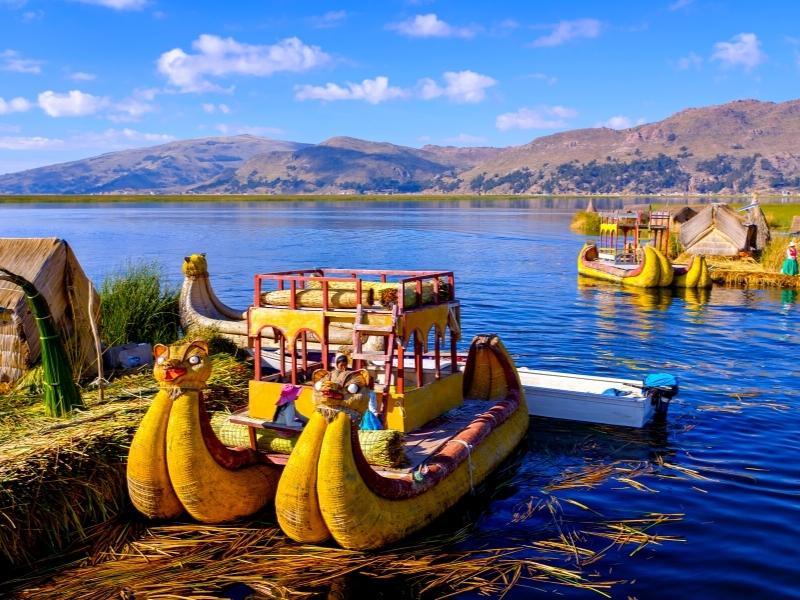
The wonders of Peru await you as you hike through the Manu Amazon rainforest, traverse the plains of the Sacred Valley of the Incas, and stroll the cobbled streets of Cusco on this 15-day trip from Lima. Search for monkeys and medicinal plants in the Amazon, travel the ancient road to Machu Picchu, experience a stay in a traditional community on the shores of serene Lake Titicaca.

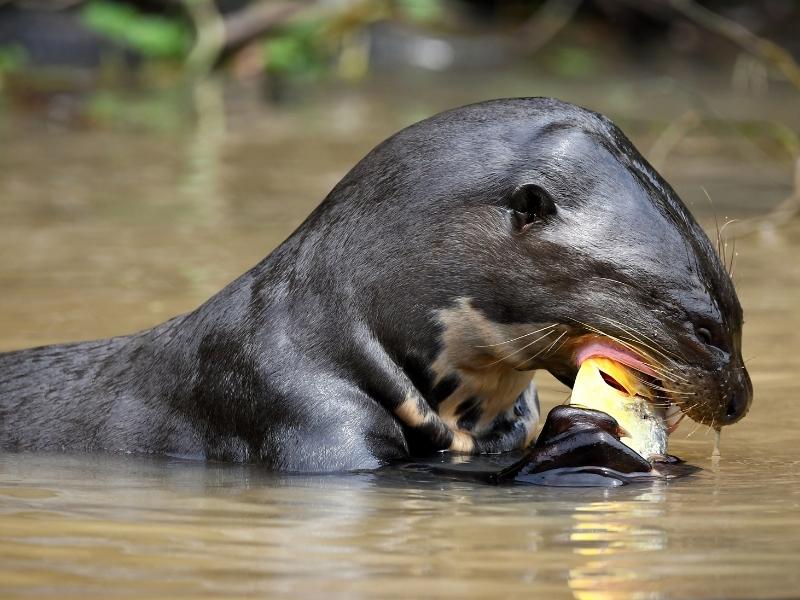
Discover the majestic Amazon rainforest of the Manu National Park. This protected area is in Peru, it is one of the largest ecosystems on the planet, due to its great diversity of birds, insects, plants and mammals.

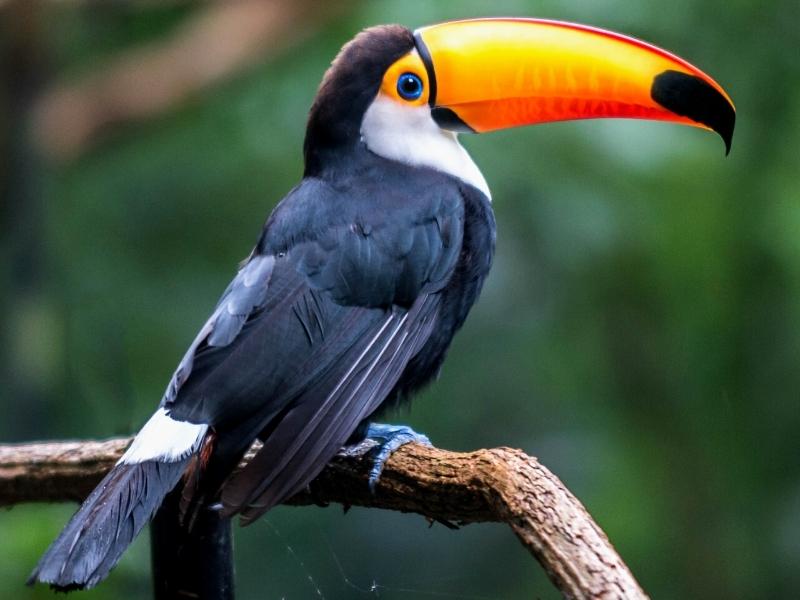
The 3 Days Tambopata Adventure Tour is exclusively designed for those wanting to experience the best of Peruvian Amazon Rainforest in a short time. The Tambopata jungle adventure offers an insight to the culture and amazon wildlife.


The Manu Jungle tour goes to one of the largest life biosphere reserves in the World. You will enjoy wildlife, traditional villages, with the best specialized guides.

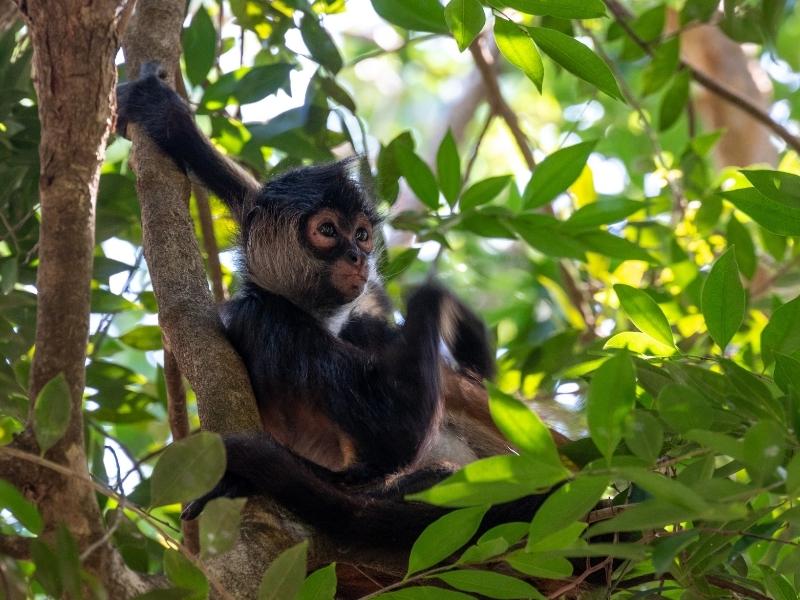
Manu National Park is an excellent way to experience an intense amazon wildlife.Is the biggest Amazon rainforest in the Americas, its incomparable natural wealth, host the greatest amount of flora and fauna of the world.
